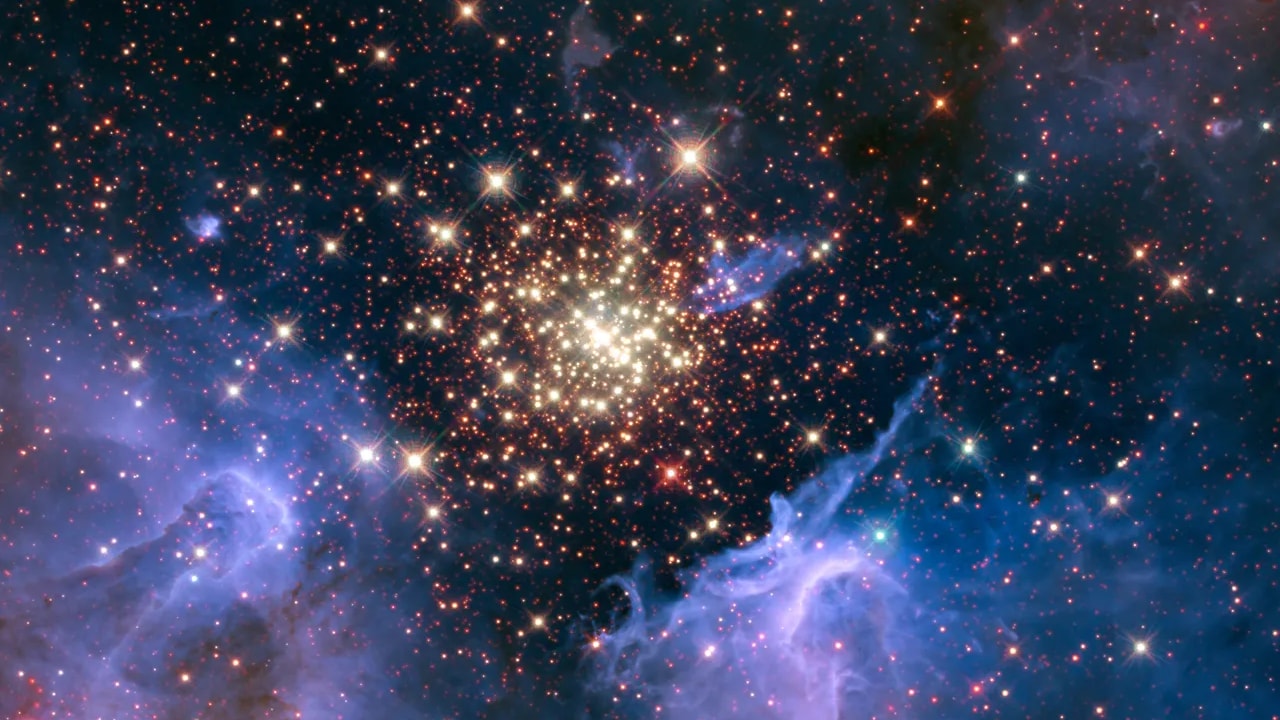At a glance
On Earth, we are constantly exposed to low levels of radiation. One natural source of radiation is from space. This type of radiation is called cosmic radiation.

Cosmic radiation explained
Cosmic radiation consists of high-energy, charged particles (x-rays and gamma rays) produced in space. Charged particles react with the earth's atmosphere to produce secondary radiation which reaches the earth.
Cosmic radiation is produced by the stars, including our own sun.
Another form of radiation that comes from our sun is ultraviolet (UV) radiation. UV radiation is not considered cosmic radiation. Unlike cosmic radiation, UV radiation is lower in energy and is considered non-ionizing radiation.
Impacts
Radiation dose due to cosmic radiation will vary with altitude. Higher altitudes mean greater exposure to cosmic radiation. Cosmic radiation is more intense in the upper atmosphere and most intense in deep space. Learn more about radiation from air travel.
The average annual dose or exposure from cosmic radiation is 0.33 mSv (33 mrem). That makes up 11% of a person's yearly exposure due to all natural sources of radiation. This yearly amount of radiation is similar to the amount of radiation from three chest x-rays.
Source of Natural Radiation
Average Annual Dose
Percent of Average Annual Dose
Internal (by Inhalation)
2.28 mSv (228 mrem)
73%
External (from Cosmic Exposure)
0.33 mSv (33 mrem)
11%
Internal (by Ingestion)
0.29 mSv (29 mrem)
9%
External (from Terrestrial Exposure)
0.21 mSv (21 mrem)
7%
Risk from cosmic radiation
Cosmic radiation exposes the body to radiation in a manner similar to exposure from a medical x-ray. The average annual dose due to cosmic radiation in the United States is 0.34 mSv (34 mrem) per year. This low radiation dose is unlikely to affect human health.
